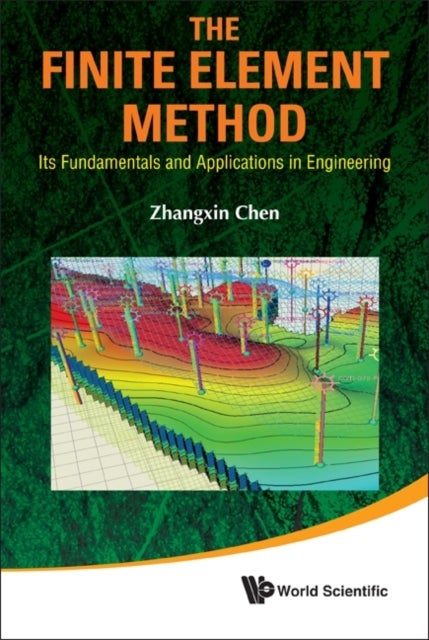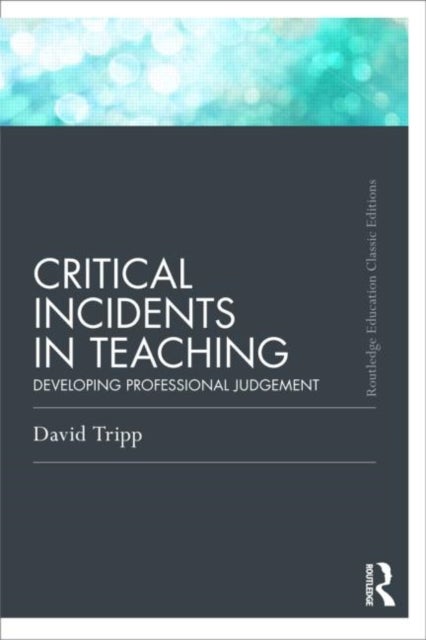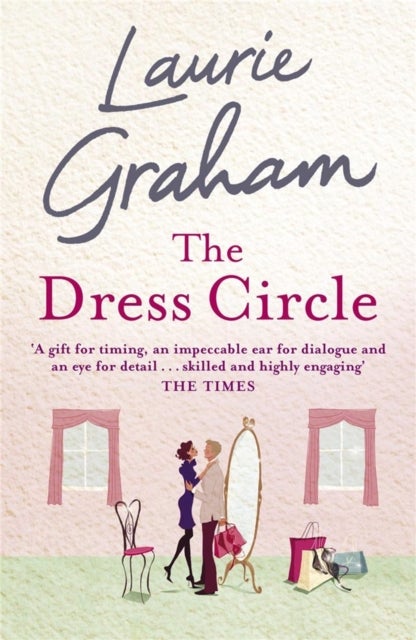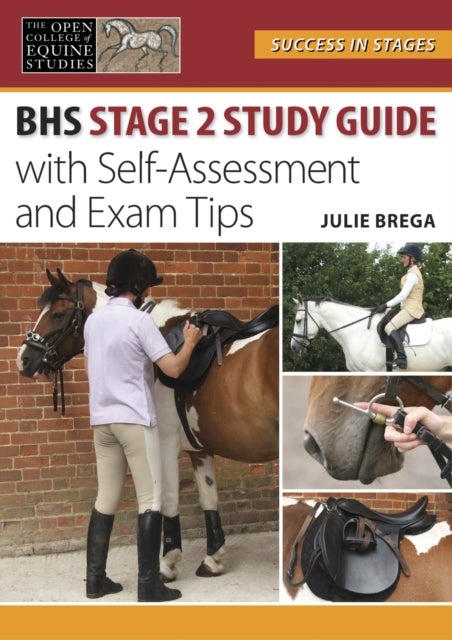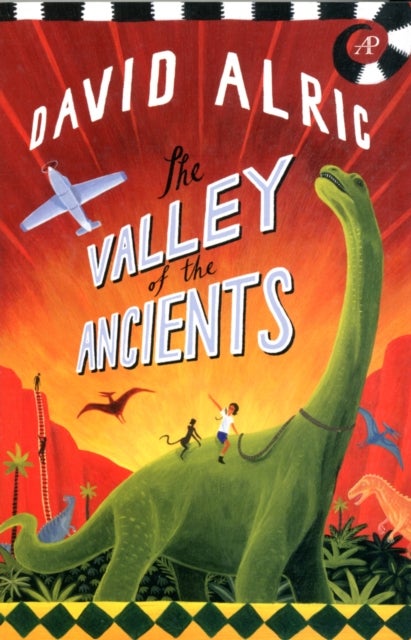
Yoga, Fascia, Anatomy and Movement, Second Edition av Joanne Avison
749,-
<p>"From Anatomy to Architecture, from Biomechanical to Biomotional and from Classical to Connected "- speaks to all bodies, in all modalities; in a world seeking unity and connection more than ever.<br><br>Yoga, Fascia, Anatomy and Movement was written partly as an appeal for Yoga Teachers to appreciate the depth and breadth of Yoga as a science, a movement practice and a philosophy that fundamentally espouses "wholeness" as the basis of living anatomy and form. Yoga calls for unifying who and how we are; and as teachers - how we can help our clients (who are all different) move better.<br><br>Classical Anatomy (in the West) divides the body down into its component parts and traditionally (unchanged for 400 years) reduces its functionality to those parts; usually described in a 2D iconic forms and founded in lever-based mechanics. In the East, such reductionism was never espoused and Yoga, Fascia, Anatomy and Movement covers two huge bases to bridge the difference and upgrade understa

